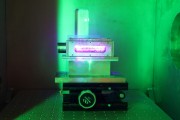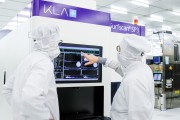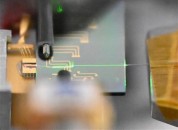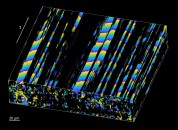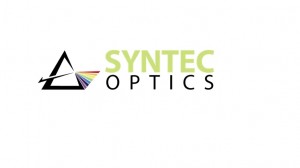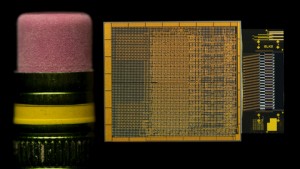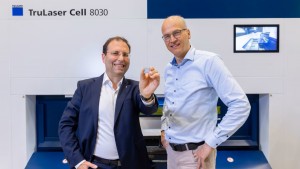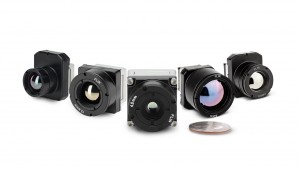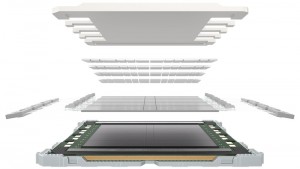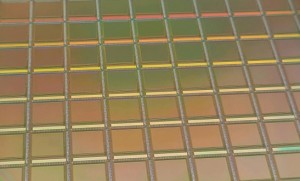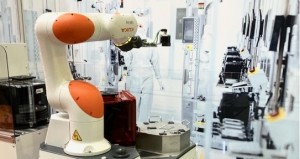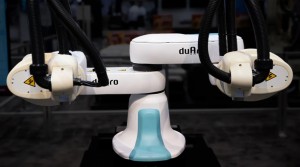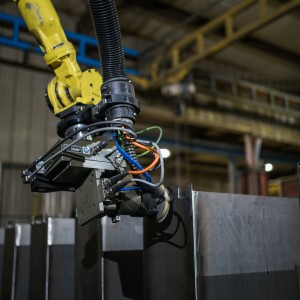-

University of Maryland Awarded $388 Million NOAA Cooperative Agreement for Earth System Studies
The National Oceanic and Atmospheric Administration (NOAA) awarded the University of Maryland a five-year, $388 million cooperative funding agreement for collaborative research in Earth system science. The agreement renews... -

OptoGPT for Improving Solar Cells, Smart Windows, Telescopes and More
Move over ChatGPT, now we have OptoGPT and as a result, solar cell, telescope and other optical component manufacturers may be able to design better devices more quickly with AI. OptoGPT, developed by University of... -
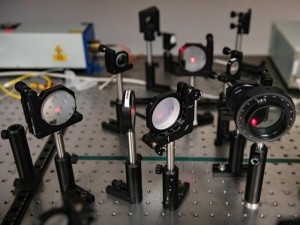
How Lasers and 2D Materials Could Solve the Plastics Problem
A global research team led by Texas Engineers has developed a way to blast the molecules in plastics and other materials with a laser to break them down into their smallest parts for future reuse. The discovery, which involves... -
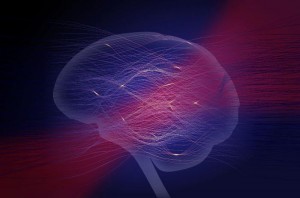
Neural Networks Made of Light
Scientists propose a new way of implementing a neural network with an optical system which could make machine learning more sustainable in the future. The researchers at the Max Planck Institute for the Science of Light have... -

SCAG Algorithm Uses Lidar Data to Improve Soybean Crop Outcome
A research team has developed the SCAG algorithm for accurate branch detection and angle calculation in soybean plants using lidar data. SCAG, which stands for stratified, clustered, and growing-based algorithm, achieved high... -
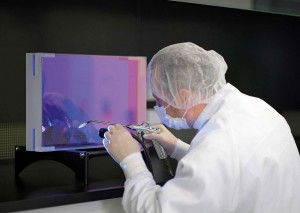
Laseroptik Involved in Laser Fusion Research
Laseroptik is one of ten selected partners in the PriFUSIO research project, which was initiated by the German Federal Ministry of Education and Research (BMBF) and will be funded with 18 million euros over the next three years.... -
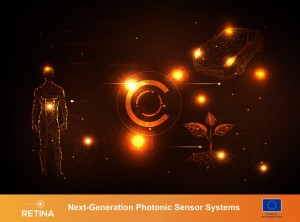
Project RETINA Focuses on Next-Gen Photonic Sensor Systems
Project RETINA has been set to redefine the integration and application of photonic technologies in key sectors such as healthcare, automotive, and precision agriculture. By harnessing the potential of advanced photonics and...
-

Ultrafast Laser Method Assists in Directing Light
Photonic technologies and applications often require light signals to be manipulated in three dimensions such as in optical computing, fiber imaging, data transport and quantum technologies. To be useful, the shape and direction of light must be... -

Sub-50 Femtosecond Pulse Lasers for Gentler Multiphoton Microscopy
Finding the ideal ultra-fast laser source for a multiphoton imaging setup is not trivial. It is a fine balance between peak power, pulse energy and laser wavelength. In this white paper we discuss important laser parameters and the impact these... -

Optics Measure How Microplastics Hinder Light Flow in Our Oceans
Plastics have only been around since the 1950s and yet they’re everywhere: scattered in our lakes, rivers, floating on the top of oceans, and dropping to the bottom. Back in the 1950s and 60s, plastics were hailed as a useful invention, used... -

Terahertz Microscopy Explores New Material for Solar Cells
A team of scientists from the Department of Energy’s Ames National Laboratory gained insight into a possible alternative material for solar cells. The team, led by Jigang Wang, senior scientist from Ames Lab, developed a microscope that uses... -

Gaps noted in lung cancer diagnostics and treatment
Lung cancer is most common cancer in men and the 2nd most common cancer in women according to World Cancer Research Fund International. Lung cancer is the leading cause of cancer death overall and among both men and women, according to the American... -

Advances in Optical Coherence Tomography
Optical coherence tomography (OCT) uses light for cross sectional imaging and is most commonly used for medical diagnostics, but it also has uses in applications such as analyzing paint on automobiles, nondestructive testing, and more. The global... -
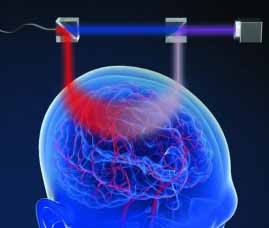
Brain Research Advances with Light-Based Technologies
Common methods of brain imaging present many challenges: some are invasive, others may contain harmful radiation, and many are difficult to use or require the patient to remain absolutely still throughout the process. Today researchers are...



































